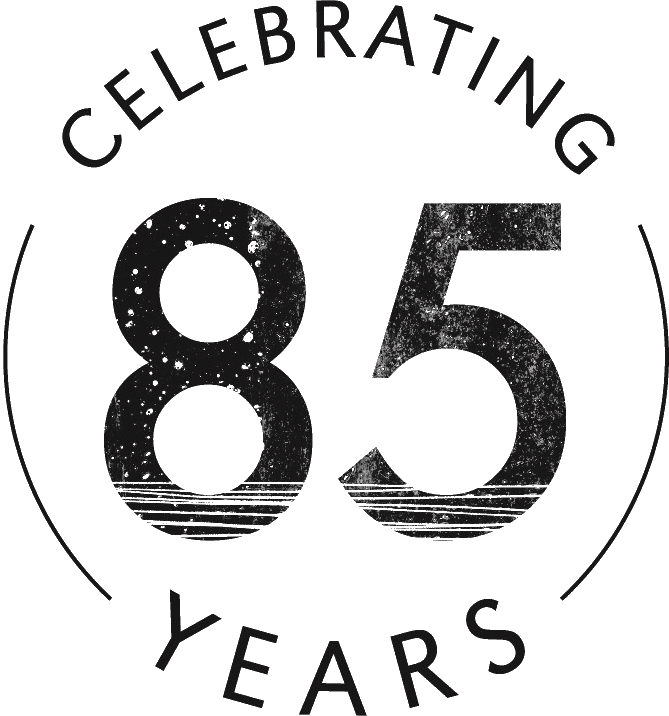Sir Terry Frost RA: A Life in Colour and Light
This month, as we celebrate the birthday of Sir Terry Frost RA (1915–2003), we reflect on his bold arcs, circles, and vivid contrasts that defined post-war modern art – and on the extraordinary journey that led him there.
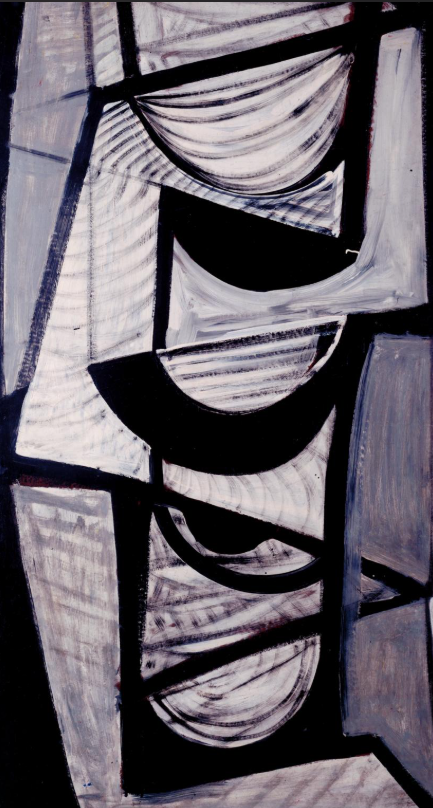
From POW to Painter
Born in Leamington Spa, Frost worked in factories before World War II. Captured as a soldier in Crete, he spent four years as a prisoner of war, where, encouraged by fellow artist Adrian Heath, he began painting. Frost later said this period gave him a “spiritual awakening,” a sense of perception that stayed with him for life.
The St Ives Years
After the war, Frost studied at Camberwell School of Art under Victor Pasmore and joined the growing St Ives art community in Cornwall, working briefly as Barbara Hepworth’s assistant. There, surrounded by the sea, light and the rhythms of boats, he developed his signature language of geometric abstraction.
Colour, Rhythm, and Energy
Frost’s paintings, prints, and collages translate emotion and motion into pure form. His works like Black and White Movement (1952) turn the everyday – sails, tides, sunlight – into visual music. He believed abstraction could express feeling as directly as poetry or dance.
Teaching and Recognition
Alongside his studio practice, Frost taught at Bath, Leeds, and Reading, inspiring generations of artists. His career brought major exhibitions, a Royal Academy fellowship, and finally a knighthood in 1998. A 2000 retrospective at the Royal Academy confirmed his place among Britain’s leading modernists.
“Painting is about the celebration of life.”
Terry Frost


Why Terry Frost Still Resonates
What makes Frost a compelling figure even today?
- Emotional clarity through abstraction
Frost once remarked that his paintings aim not to depict what he saw but to evoke what he felt: the emotional response to movement, light, colour. His often spontaneous, poetic forms carry a directness that remains powerful. - A lifelong dialogue of form and medium
Frost’s practice spanned painting, printmaking, sculptural construction and mobile work. The interchange between them enriched his visual language. You can see in his prints the echoes of shapes from his paintings, and in his three-dimensional work the sculptural elements that underlies his compositions. - Rooted in place, but universal in scope
Though deeply tied to Cornwall and the play of light and sea, his vocabulary of form transcends locality to speak in universal visual terms. The shapes, curves, arcs, circles, luminous planes, are familiar but reconceptualised. - An inspirational narrative
His origin story – becoming an artist in a POW camp, turning hardship into creative awakening remains a poignant testament to resilience. And his quote “I honestly do not think that awakening has ever left me” captures the sense that art was not just a career but a continuing spiritual journey
Frost’s Legacy
Terry Frost’s art radiates optimism – a belief in the power of colour and form to evoke joy. His sons Anthony and Stephen, and grandson Luke, have each continued his creative spirit in their own ways.
From the darkness of a POW camp to the light of the Cornish coast, Frost’s life and art remind us that creativity can turn even hardship into harmony.
14/10/2025
Share on
Related Stories
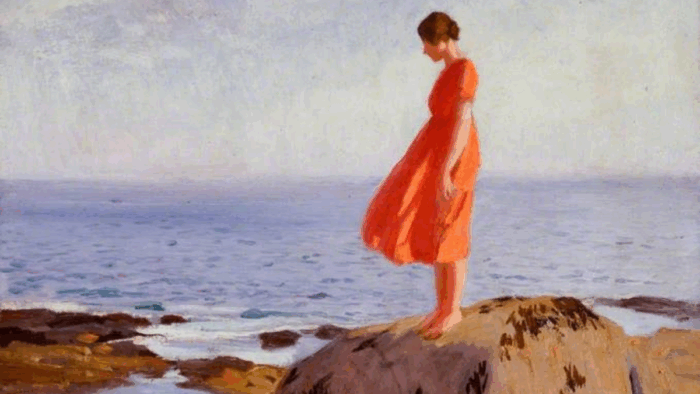
Dame Laura Knight: 'A Dark Pool'
Few artists captured the vitality of early 20th-century Britain quite like Dame Laura Knight. Known for her luminous palette, bold compositions, and commitment to painting the world around her, Knight carved out a space for herself in a male-dominated art world, and in doing so, redefined what it meant to be a modern British artist....
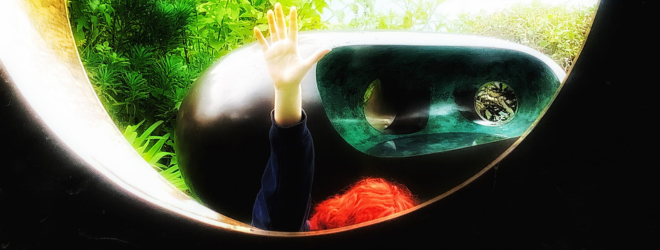
Celebrating our Future Artists
Did you know that every penny of income we receive goes directly back into teaching art and giving local youngsters the opportunity to explore their creativity? Thanks to our donations from you, and investments from our incredible funders, 2024 saw a record-breaking year for our Young Artists Programme. 2024 saw the Young Artist’s programme expand,...
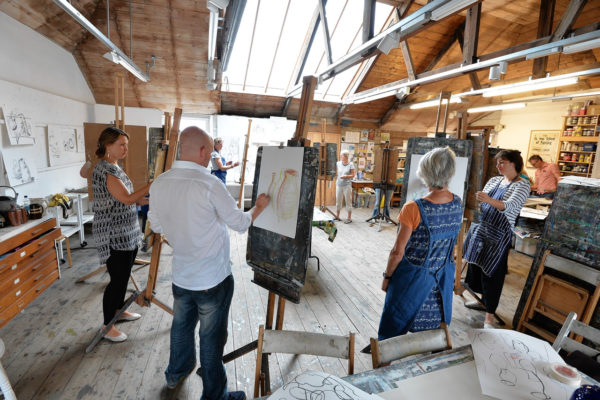
The Wall Street Journal: A Brush With St. Ives
As seen in… Anne-Marie Conway visits St Ives and joins us at the School of Painting to experience art lessons in Cornwall, in our stunning location above the beach during the quieter months. “Tape the paper down on your clipboard, you don’t want it blowing away,” advised our tutor, Liz Luckwell, as she led us out...
